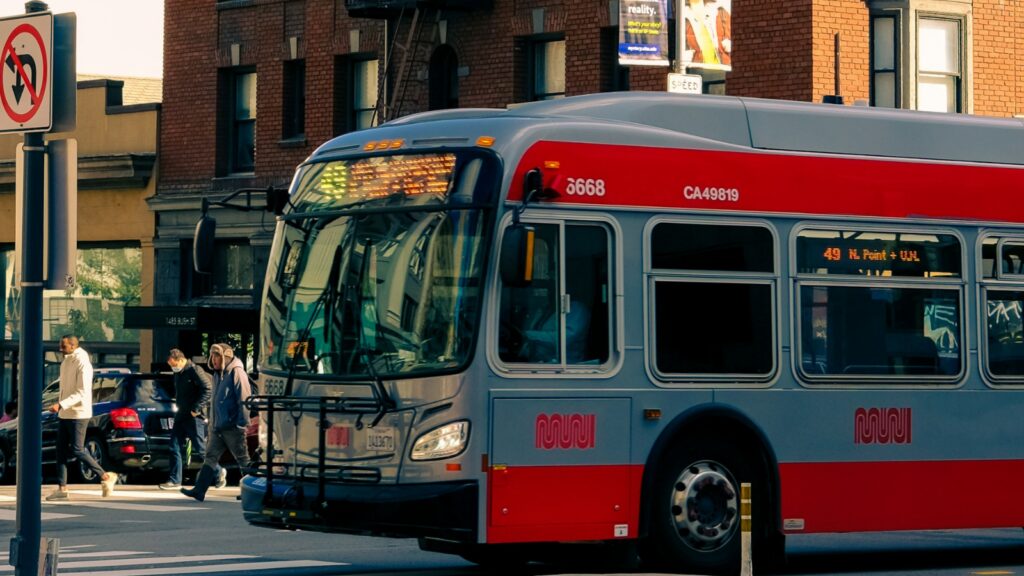The Federal Transit Administration is working hard to ensure that the next rounds of the Low or No Emissions Grant Program and Buses and Bus Facilities Program do the most for riders—and the climate. Here’s how.
Read our original letter and our thank you to the FTA.

The Federal Transit Administration (FTA)’s Low or No Emissions Grant Program (Low No) and Buses and Bus Facilities Program have been delivering new transit vehicles to communities across the country since 2016. But when the Infrastructure Investment and Jobs Act (IIJA, or the 2021 infrastructure law) passed, the bill supercharged the program. Funding for the Low No program increased over five times the previous levels, growing from $182 million for 49 awardees in fiscal year 2021 to $1.22 billion across 130 grant winners in fiscal year 2023. With all that money flowing into communities, the transition to zero emission transit systems should be accelerating at scale.
However, funding isn’t everything. Without proper policy in place, the way that funding is spent could mean less transit service per dollar, not more. According to the Eno Center for Transportation, zero emission buses purchased with federal funding cost more per bus than buses purchased without federal dollars.
Under the previous structure for the Low No program, transit agencies had flexibility to use federal dollars to customize their purchases nearly as much as they wanted, without sharing costs for extra features or preferences. And this doesn’t just create a nuisance—combined with other economic forces, this cost has worked to outweigh the benefits of historic funding increases. In battery electric bus manufacturer Proterra’s 2023 Chapter 11 bankruptcy filings, they claimed that excessive customization and long lead times for payments from transit agency customers played a role in their fall.
While some customization to meet performance needs is warranted, at the end of the day, a bus is a bus—frequency and network coverage matters above all for riders. So CHARGE, supported by the National Campaign for Transit Justice, sent a letter to the FTA urging for reforms to ensure that the IIJA’s historic funding is used more effectively to deploy clean buses in communities across the country.
In line with the administration’s equity and domestic industry goals, the FTA responded to our letter and updated the Low No and Buses and Bus Facility program to help ensure riders will get more buses, for less money, faster, while also making sure local manufacturing can work at scale. Along with new guidance, the FTA has made new changes to this year’s notice of funding, incentivizing applicants to minimize vehicle customization and reform procurement processes, helping more clean buses get out to communities faster than ever.
We thank the FTA for their responsiveness and willingness to pivot in its implementation of the IIJA to maximize the benefits it can provide, getting more buses to more people for fewer dollars.
Transportation for America co-leads the Coalition Helping America Rebuild and Go Electric (CHARGE). Learn more about the coalition here.
The post FTA helps deliver more buses for less appeared first on Transportation For America.











